Challenges Faced with Waterfowl Hunting Bags in the Field
Waterfowl hunting is a cherished tradition that offers enthusiasts a unique connection to nature, yet it is not without its challenges. One critical piece of equipment that every waterfowl hunter relies upon is the waterfowl hunting bag. According to the U.S. Fish and Wildlife Service, approximately 1 million hunters participate in waterfowl hunting each year, highlighting the importance of effective gear in this pursuit. However, the design and functionality of waterfowl hunting bags often fall short of meeting the diverse needs of these hunters, leading to frustrations and inefficiencies in the field.
In recent years, industry reports have shown that a staggering 74% of waterfowl hunters express dissatisfaction with the available hunting bags due to issues such as inadequate storage, lack of waterproof features, and limited accessibility. These attributes can significantly hinder a hunter’s experience, resulting in missed opportunities and decreased enjoyment. As we delve deeper into the challenges faced with waterfowl hunting bags in the field, it becomes essential to explore not only the flaws present in current designs but also the innovative solutions that could enhance the overall hunting experience.
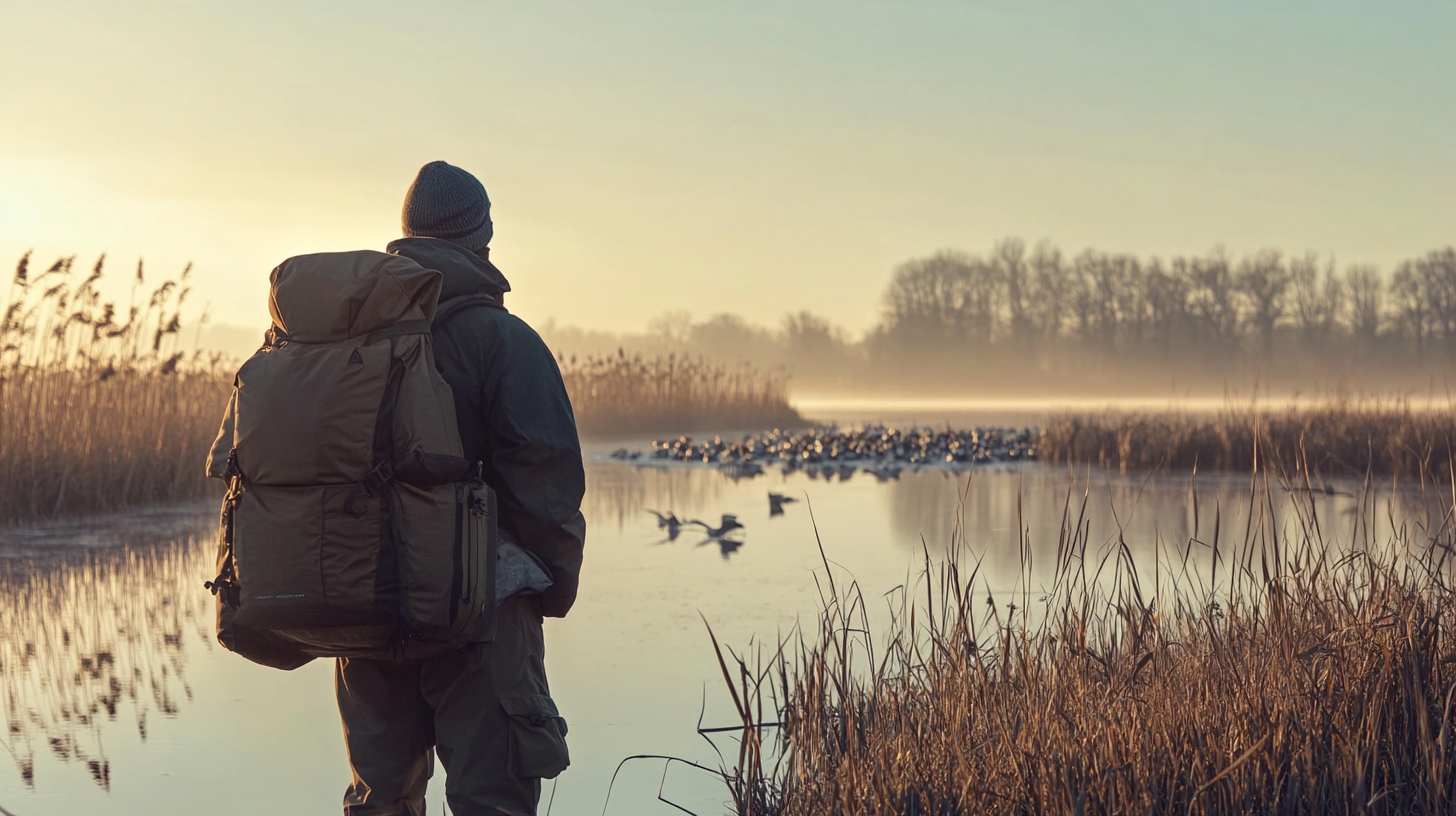
Understanding the Importance of Quality Waterfowl Hunting Bags
When it comes to waterfowl hunting, having the right gear is crucial for a successful and enjoyable experience. Among the essential items is the hunting bag, which serves multiple purposes during a trip to the field. Understanding the importance of a quality waterfowl hunting bag can significantly enhance your performance and safety while out in the elements.
A quality hunting bag is designed to withstand harsh weather conditions, ensuring that equipment remains dry and protected. With waterfowl hunting often taking place in wet and muddy environments, having a waterproof or water-resistant bag can prevent damage to firearms, ammunition, and other sensitive gear. Additionally, a well-constructed bag offers various compartments and pockets that keep items organized, allowing hunters to quickly access what they need in a high-pressure situation.
Moreover, comfort and functionality are key factors in choosing a waterfowl hunting bag. Lightweight materials and ergonomic designs can make a huge difference, especially when trekking long distances. A good bag should have adjustable straps and padding to distribute the weight evenly across the hunter's body. This versatility not only eases the physical burden but also enhances the overall experience in the field, allowing hunters to focus on the game rather than the gear itself. Investing in a quality waterfowl hunting bag ultimately pays off, enhancing convenience and effectiveness during hunting expeditions.
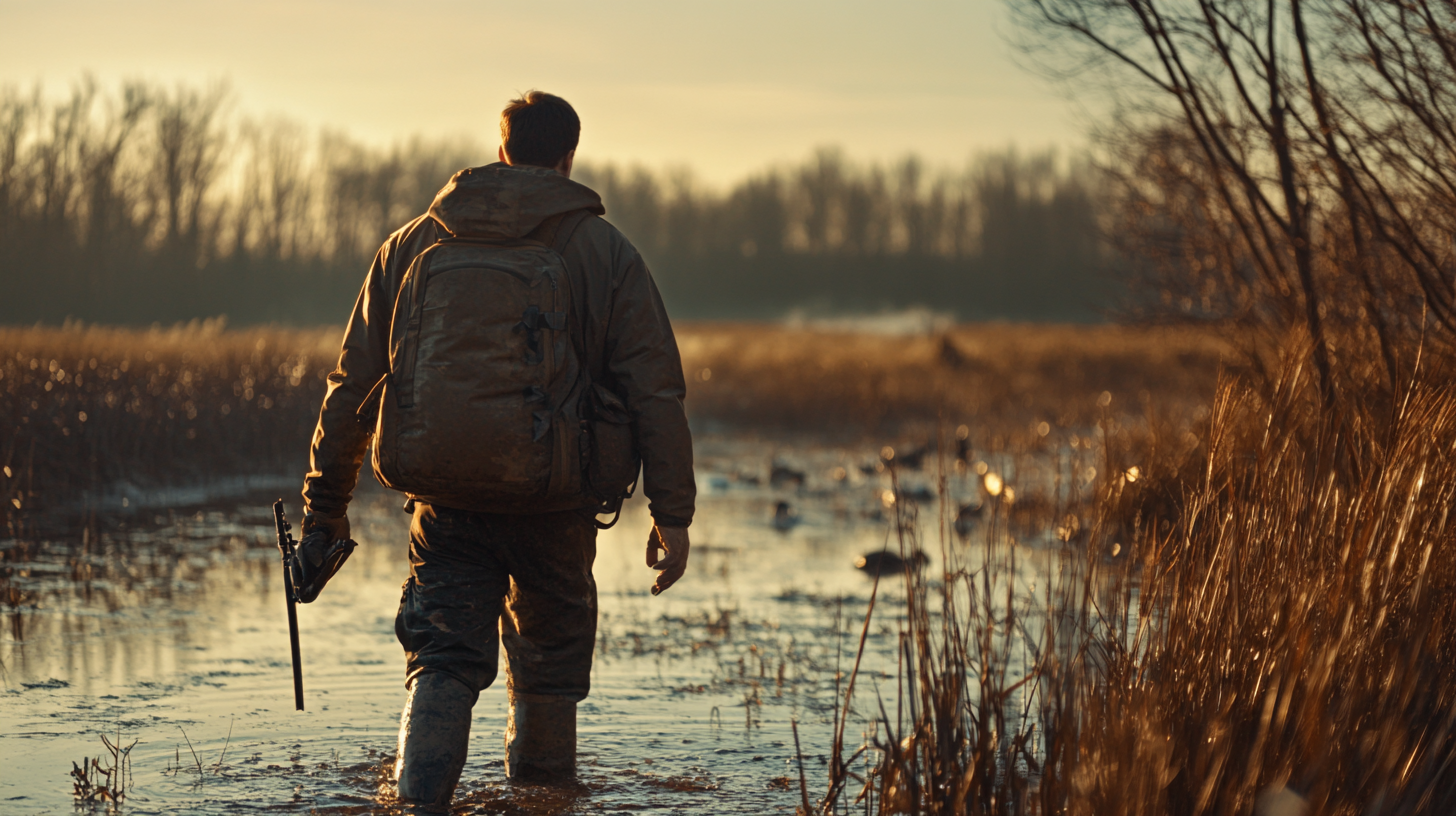
Common Wear and Tear: Durability Challenges in Outdoor Conditions
When it comes to waterfowl hunting, having the right gear is essential, especially when it involves hunting bags that can withstand challenging outdoor conditions. According to industry reports, about 30% of hunters have reported issues with bag durability during their hunting expeditions. These challenges often stem from exposure to harsh elements, from mud and water to thorny underbrush, which can wreak havoc on even the most well-constructed bags.
Durability is measured not just by the material but also by the design features that can prevent common wear and tear. For example, reinforced seams and water-resistant fabrics can significantly enhance a bag's lifespan. A study conducted by an outdoor gear industry association indicated that durable materials could increase product longevity by 40%, which can ultimately save hunters money in the long run. Investing in a hunting bag that can endure the rigors of the field is crucial for any serious enthusiast.
Additionally, specific brands have introduced innovative technologies to improve resilience. Some manufacturers utilize advanced synthetic fabrics that are both lightweight and extremely tough, catering specifically to the needs of waterfowl hunters. As the sport continues to grow, trends indicate a shift towards sustainability, with more brands focusing on eco-friendly materials that do not compromise durability. These advancements in design and technology underscore the importance of selecting a hunting bag that not only meets performance expectations but also stands the test of time in the unpredictable outdoor environment.
The Impact of Weather on Waterfowl Hunting Gear Performance
Weather plays a pivotal role in the performance of waterfowl hunting gear, directly influencing both the functionality of equipment and the comfort of hunters. As conditions shift—from frigid temperatures and biting winds in northern prairies to the humid warmth of southern swamps—specific gear characteristics become essential. An industry survey indicates that over 70% of waterfowl hunters reported that weather conditions significantly impacted their hunting success and comfort levels, emphasizing the need for specialized equipment designed to endure diverse climates.
The introduction of advanced materials and technologies in gear, such as water-resistant and breathable fabrics, has become crucial for handling the unpredictable nature of weather during hunting seasons. For instance, the latest hunting pants specifically designed for cold-weather performance showcase insulation and moisture-wicking capabilities that significantly enhance comfort during exposure to wet and cold conditions. This focus on weather resilience is echoed in a recent review where the top-rated jackets received high marks for their ability to maintain warmth and dryness in extreme weather scenarios.
In addition, effective layering systems are recommended by experts, highlighting base layers and insulating mid-layers that enable hunters to adapt quickly to fluctuating temperatures. A comprehensive study on hunting efficacy has shown that hunters who utilized multi-layered systems demonstrated a 40% increase in overall comfort and performance when compared to those using standard gear. Adapting to weather through informed gear choices not only improves the immediate hunting experience but also empowers waterfowl hunters to face their seasonal challenges with confidence.
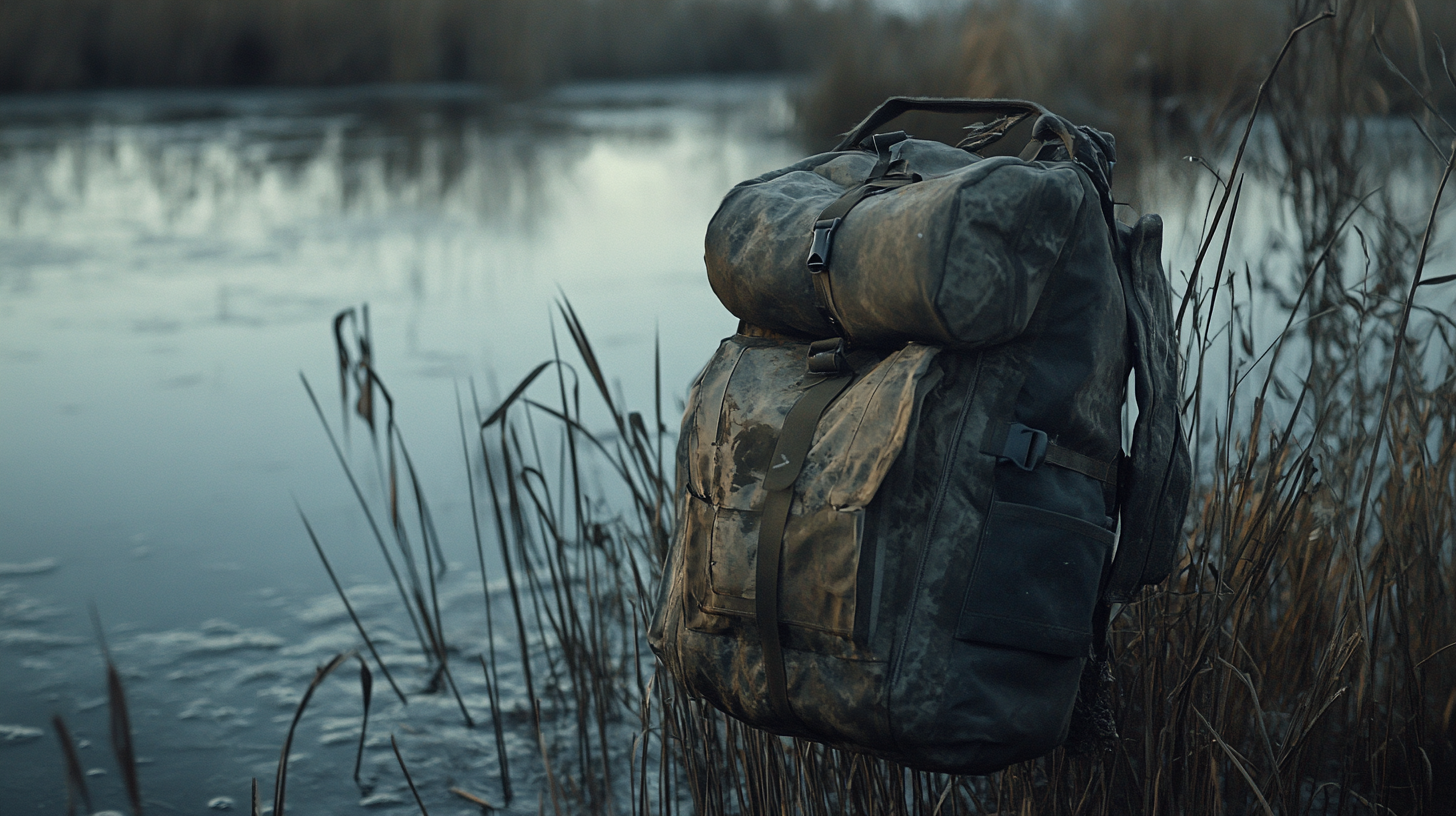
Storage Solutions: Maximizing Space and Accessibility in Hunting Bags
When it comes to waterfowl hunting, having the right equipment is crucial, but how you store and access that equipment can make all the difference in the field. Maximizing space and accessibility in your hunting bags can significantly enhance your experience, reducing the time spent fumbling for gear and allowing you to focus on the hunt itself. One effective strategy is to utilize modular organizational systems that allow for tailored storage solutions. This can include adjustable dividers that help compartmentalize space, so every item has its designated spot, ensuring quick access when needed.
Additionally, consider the weight distribution within your hunting bag. Heavy items should be placed close to your back to maintain balance while lighter gear can occupy the front compartments. This not only enhances comfort but also improves your mobility when traversing challenging terrains. Furthermore, adding external pockets for frequently used items such as calls and ammunition can facilitate swift retrieval without having to dig deep into your bag.
Lastly, think about waterproofing and weather-resistant materials for your hunting bag. With changing weather conditions, having a bag that can withstand moisture while providing easy access to your gear is essential. Customizable bags with detachable sections may also offer flexibility, allowing you to configure your setup based on specific hunting conditions. Embracing these storage solutions will help streamline your waterfowl hunting experience, ensuring you're always prepared for every opportunity.
Selecting the Right Bag: Features to Consider for Waterfowl Hunting
When it comes to waterfowl hunting, choosing the right bag can significantly enhance your experience in the field. A suitable hunting bag should possess various features that address both functionality and comfort. First and foremost, consider the bag's material: it should be waterproof or highly water-resistant to protect your gear from the elements. Bags made of durable nylon or polyester are often preferred, as they provide both resilience and lightness, making them easy to carry over rugged terrain.
Another crucial feature is storage capacity and organization. A well-designed waterfowl hunting bag should have multiple compartments for easy access to essential items such as calls, shells, and personal gear. Look for bags with specialized pockets or slots that allow quick retrieval, especially when you’re on the move or have your hands full. Camouflage patterns can also be an advantage, aiding in blending into the environment and keeping your equipment discreet while in the field.
In addition to functionality, comfort is key. Padded shoulder straps and breathable back panels can make a significant difference during extended outings. Adjustable straps are essential for customizing the fit, ensuring the bag sits firmly without hindering your movement. Lightweight options are preferable to avoid fatigue, especially when you'll be trekking through marshes or dense foliage. With these considerations in mind, hunters can better equip themselves for successful and enjoyable outings in the wild.

Home
About Us
Products
FAQ
News
Contact Us






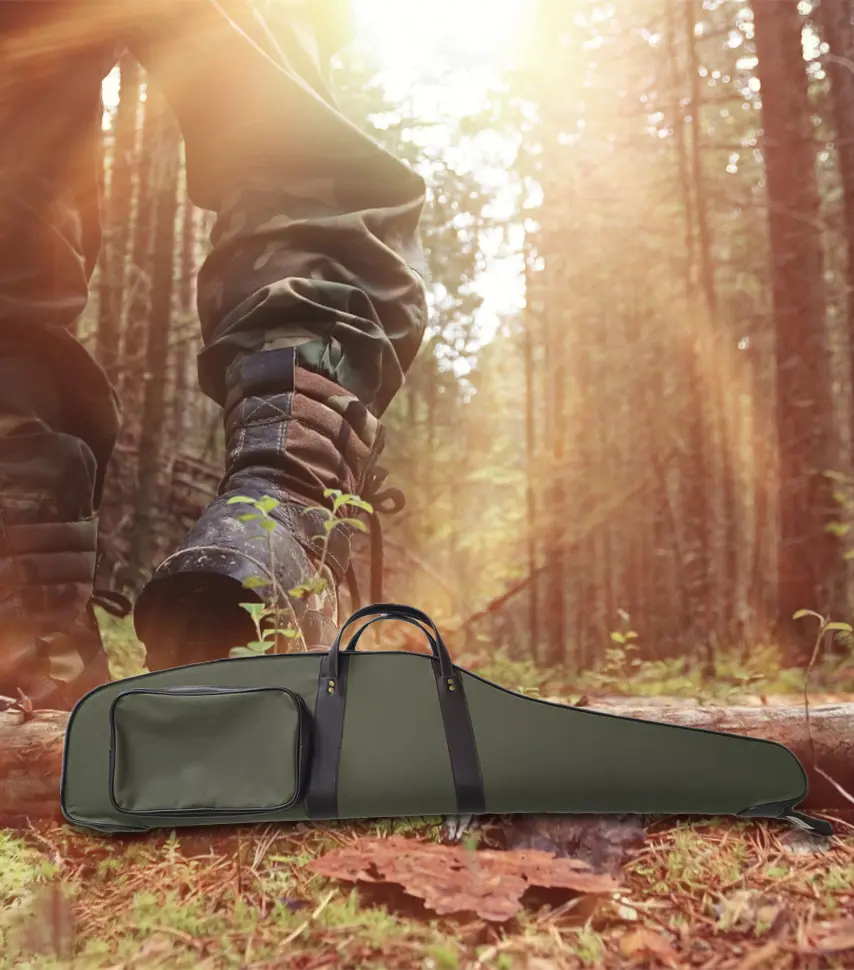 Hunting And Shooting Bag LSH
Hunting And Shooting Bag LSH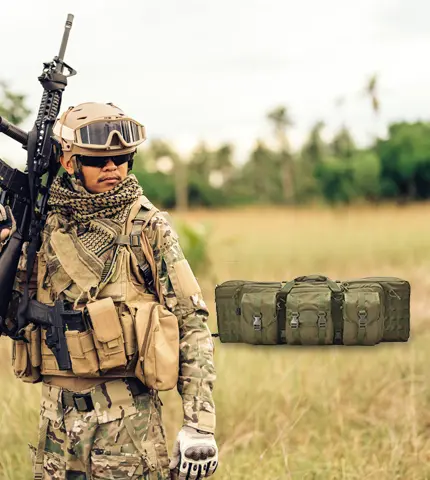 Tactical Military Bag & Vest LST
Tactical Military Bag & Vest LST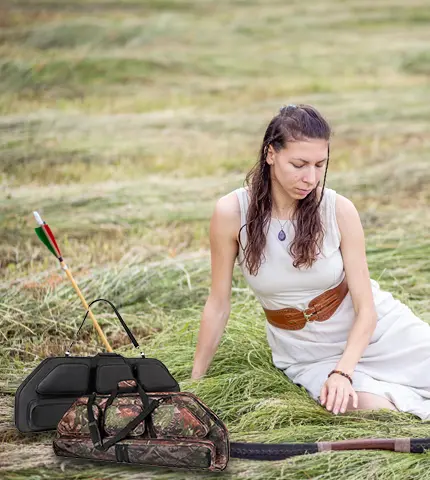 Archery Bag LSC
Archery Bag LSC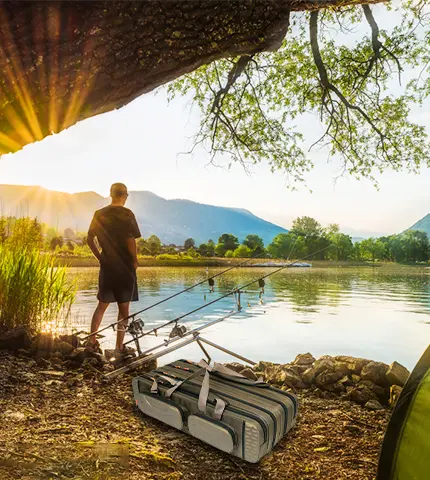 Fishing Bag LSF
Fishing Bag LSF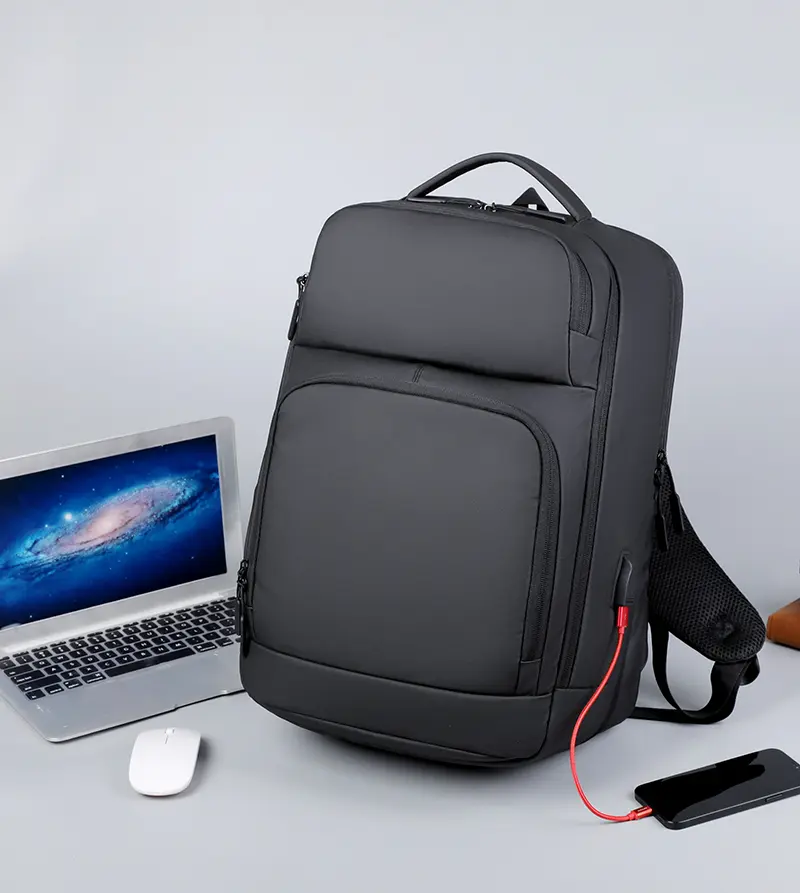 Others LSB
Others LSB

